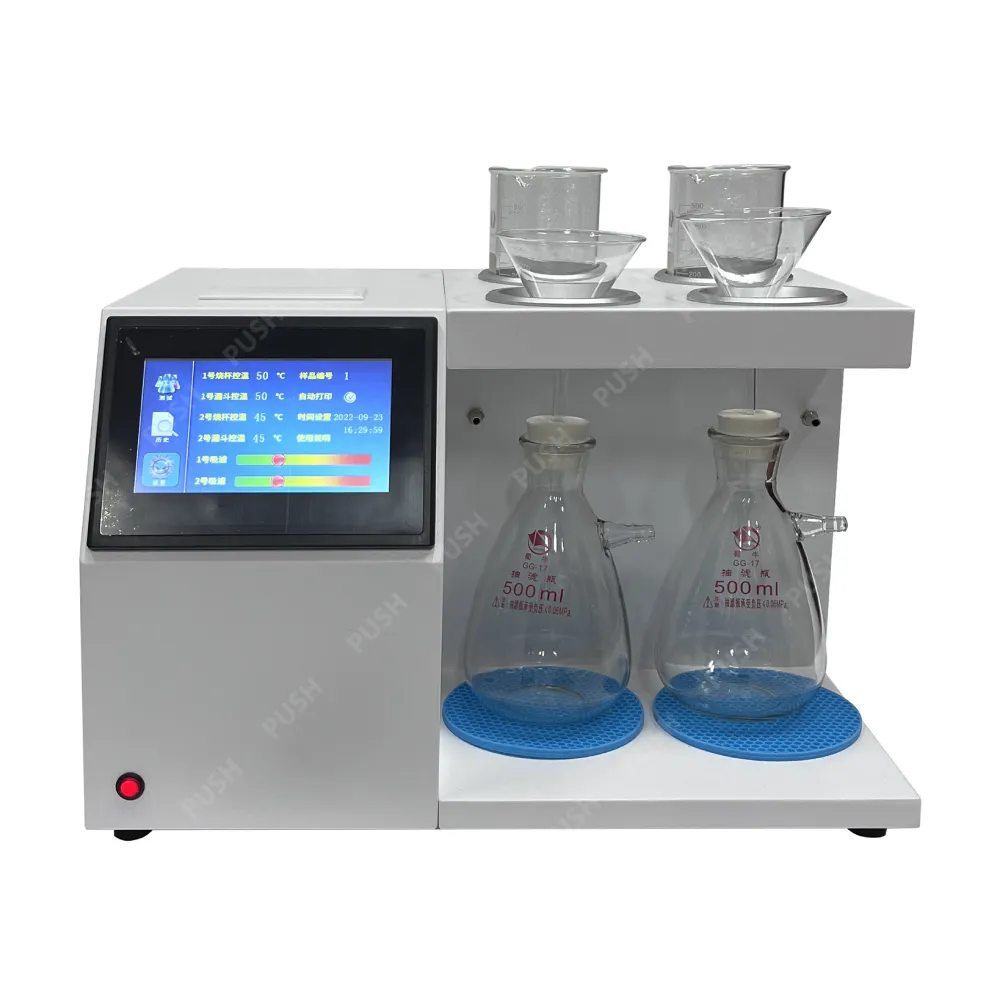 English
English



-
 Afrikaans
Afrikaans -
 Albanian
Albanian -
 Amharic
Amharic -
 Arabic
Arabic -
 Armenian
Armenian -
 Azerbaijani
Azerbaijani -
 Basque
Basque -
 Belarusian
Belarusian -
 Bengali
Bengali -
 Bosnian
Bosnian -
 Bulgarian
Bulgarian -
 Catalan
Catalan -
 Cebuano
Cebuano -
 China
China -
 China (Taiwan)
China (Taiwan) -
 Corsican
Corsican -
 Croatian
Croatian -
 Czech
Czech -
 Danish
Danish -
 Dutch
Dutch -
 English
English -
 Esperanto
Esperanto -
 Estonian
Estonian -
 Finnish
Finnish -
 French
French -
 Frisian
Frisian -
 Galician
Galician -
 Georgian
Georgian -
 German
German -
 Greek
Greek -
 Gujarati
Gujarati -
 Haitian Creole
Haitian Creole -
 hausa
hausa -
 hawaiian
hawaiian -
 Hebrew
Hebrew -
 Hindi
Hindi -
 Miao
Miao -
 Hungarian
Hungarian -
 Icelandic
Icelandic -
 igbo
igbo -
 Indonesian
Indonesian -
 irish
irish -
 Italian
Italian -
 Japanese
Japanese -
 Javanese
Javanese -
 Kannada
Kannada -
 kazakh
kazakh -
 Khmer
Khmer -
 Rwandese
Rwandese -
 Korean
Korean -
 Kurdish
Kurdish -
 Kyrgyz
Kyrgyz -
 Lao
Lao -
 Latin
Latin -
 Latvian
Latvian -
 Lithuanian
Lithuanian -
 Luxembourgish
Luxembourgish -
 Macedonian
Macedonian -
 Malgashi
Malgashi -
 Malay
Malay -
 Malayalam
Malayalam -
 Maltese
Maltese -
 Maori
Maori -
 Marathi
Marathi -
 Mongolian
Mongolian -
 Myanmar
Myanmar -
 Nepali
Nepali -
 Norwegian
Norwegian -
 Norwegian
Norwegian -
 Occitan
Occitan -
 Pashto
Pashto -
 Persian
Persian -
 Polish
Polish -
 Portuguese
Portuguese -
 Punjabi
Punjabi -
 Romanian
Romanian -
 Russian
Russian -
 Samoan
Samoan -
 Scottish Gaelic
Scottish Gaelic -
 Serbian
Serbian -
 Sesotho
Sesotho -
 Shona
Shona -
 Sindhi
Sindhi -
 Sinhala
Sinhala -
 Slovak
Slovak -
 Slovenian
Slovenian -
 Somali
Somali -
 Spanish
Spanish -
 Sundanese
Sundanese -
 Swahili
Swahili -
 Swedish
Swedish -
 Tagalog
Tagalog -
 Tajik
Tajik -
 Tamil
Tamil -
 Tatar
Tatar -
 Telugu
Telugu -
 Thai
Thai -
 Turkish
Turkish -
 Turkmen
Turkmen -
 Ukrainian
Ukrainian -
 Urdu
Urdu -
 Uighur
Uighur -
 Uzbek
Uzbek -
 Vietnamese
Vietnamese -
 Welsh
Welsh -
 Bantu
Bantu -
 Yiddish
Yiddish -
 Yoruba
Yoruba -
 Zulu
Zulu
Understanding the Principles and Applications of Direct Current Dynamos for Power Generation
Direct Current Dynamo An Overview
A direct current (DC) dynamo is a crucial electromechanical device that converts mechanical energy into electrical energy in the form of direct current. This technology has played a significant role in the development of electrical systems, especially in the early days of electricity distribution. Understanding how a DC dynamo functions and its applications can provide valuable insights into the evolution of electrical engineering.
How Does a DC Dynamo Work?
At its core, the DC dynamo operates on the principle of electromagnetic induction, discovered by Michael Faraday in the 19th century. The fundamental components of a DC dynamo include a rotor (armature), a magnetic field, a commutator, and brushes. When the rotor, typically consisting of copper wire wound around a core, spins within a magnetic field generated by either permanent magnets or electromagnetic coils, electrical current is induced in the wire loops according to Faraday's law.
The induced voltage generated in the armature is alternating because the direction of the induced current reverses as the rotor spins. However, to produce a usable direct current, the dynamo incorporates a commutator. The commutator is a split ring connected to the armature that functions as a mechanical rectifier. It swaps the connection of the armature winding every half revolution, ensuring that the output current flows in a single direction.
Applications of DC Dynamos
DC dynamos found widespread use in various applications during the late 19th and early 20th centuries. One of the most significant applications was in power generation for electric lighting systems. Before the advent of modern AC (alternating current) power systems, DC dynamos provided the necessary electrical supply to light up streets, homes, and businesses.
direct current dynamo

Moreover, DC dynamos were utilized in electroplating processes, battery charging, and in the operation of electric motors. Their ability to provide stable and controllable current made them indispensable in early electrochemical processes. Additionally, they played a vital role in the burgeoning fields of telecommunications and transportation, particularly in railways where they powered electric locomotives.
Advantages and Disadvantages
The primary advantage of DC dynamos lies in their simplicity and the constant voltage they can provide. This stability is particularly beneficial for applications requiring a consistent power supply. Moreover, the ability to easily control the speed and output of a DC dynamo made it a preferred choice for many industrial applications.
However, there are drawbacks associated with DC dynamos. The maintenance of brushes and commutators can be challenging, as these components are subject to wear and tear. Over time, this can lead to reduced efficiency and increased operational costs. Additionally, as the demand for electricity evolved, the advantages of alternating current (AC) systems—such as the ease of voltage transformation and the ability to transmit power over long distances—began to overshadow those of DC dynamos.
Conclusion
In conclusion, the direct current dynamo has made significant contributions to the field of electrical engineering and the history of electricity generation. While modern electrical systems predominantly utilize alternating current, understanding the mechanics and applications of DC dynamos remains essential. They represent a foundational technology that paved the way for the development of more complex electrical systems. As we continue to innovate and improve energy efficiency, the basic principles of the DC dynamo still resonate, reminding us of the importance of harnessing mechanical energy to power our world.
-
Using Distillation Range Testers in the Food and Beverage IndustryNewsApr.16,2025
-
The Impact of IoT on Distillation Range Tester PerformanceNewsApr.16,2025
-
The Best Distillation Range Testers for Extreme ConditionsNewsApr.16,2025
-
How Distillation Range Testers Save Time and MoneyNewsApr.16,2025
-
Distillation Devices for Advanced Separation TechniquesNewsApr.16,2025
-
Common Mistakes to Avoid When Using a Distillation Range TesterNewsApr.16,2025



